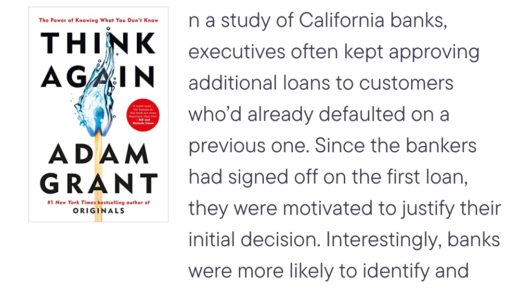A 2018 study by Harvard scholars Ethan Bernstein and Stephen Turban backs up Imber’s experience. They studied two Fortune 500 companies who were preparing to transition teams of employees to an open-office floorplan. Before and after the move, many staffers volunteered to wear “sociometric badges,” which captured their movements and logged how often they talked and to whom. (Their conversations were not recorded, just the fact they were talking.) The goal was to answer the most basic question about open floorplans: Do they boost face to face (F2F) interactions? The answer was almost laughably clear: F2F interactions plunged by about 70% in both companies. Meanwhile, email and messaging activity spiked. When people were placed closer together so that they’d talk more, they talked less. The cobra strikes again. What can be confusing, in situations like these, is that we must untangle contradictory strands of common sense. On one hand, you think: Of course, moving people closer together will lead them to collaborate more! That’s just basic sociology. On the other hand: No, look at subways or airplanes—when people are crammed in together, they find ways to retain some privacy through headphones or books or deeply unwelcoming glances. How can you know in advance which strand of common sense to trust? We usually won’t. As a result, we must experiment. “Remember, always, that everything you know, and everything everyone knows, is only a model,” said Donella Meadows, the systems thinker. “Get your model out there where it can be shot at. Invite others to challenge your assumptions and add their own.… The thing to do, when you don’t know, is not to bluff and not to freeze, but to learn. The way you learn is by experiment—or, as Buckminster Fuller put it, by trial and error, error, error.” Looking back on the open-office miscue, Imber said she wishes she had tried some experiments with her staff in the State Library Victoria in Melbourne. The library has many different kinds of environments, ranging from open, collaborative spaces to more solitary ones. Had the team sampled some of those different areas, observing how they affected the group’s productivity and happiness, that experience might have helped them design an office that served them better. For experimentation to succeed, we need prompt and reliable feedback. Consider navigation as an analogy: To travel somewhere new we need almost constant feedback about our location; we follow the arrow on a compass or the blue dot on Google Maps. Yet that kind of feedback is often missing from upstream interventions. Think of the open-office situation: How would you know whether collaboration was increasing or not? Most employers don’t have “sociometric badges” to log conversations. Maybe you’d add a question to the annual employee survey, asking for people’s feedback on the transition. But that kind of infrequent, point-in-time feedback isn’t enough to navigate. It’s like driving a car with no windows and, once every hour or so, getting beamed a photo of the outside environment. You’d never arrive at your destination, and given the risks, you’d be crazy to try.
Putting people together compels them to interact more face-to-face. Yet in this case, putting them close together actually reduced overall f2f interactions. This is where common sense or intuitive ideas can contradict. In some ways, team members can end up arguing against each other all day using “logic” and “rational” but we will never know the actual result.
As mentioned by the author, the key is to experiment. Always test your assumptions and try to prove them wrong. However, sometimes, what is valid at a certain scale is no longer accurate at a larger volume, so experimentation might not necessarily be the silver bullet that we are looking for.
This might seem very tiring and challenging but the key is to always test your assumptions and not assume what worked before will work again. While probabilistically, past experience might work most of the time. It doesn’t hurt to adopt an alternative view point or simply change things up once in a while. You might find that in different situations, your previous assumptions might no longer hold true.



